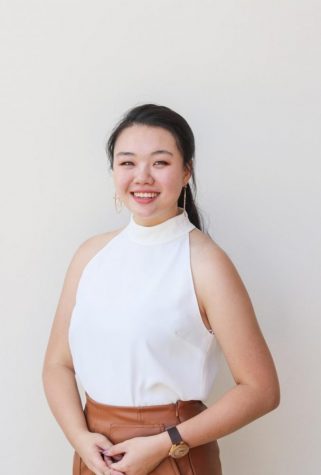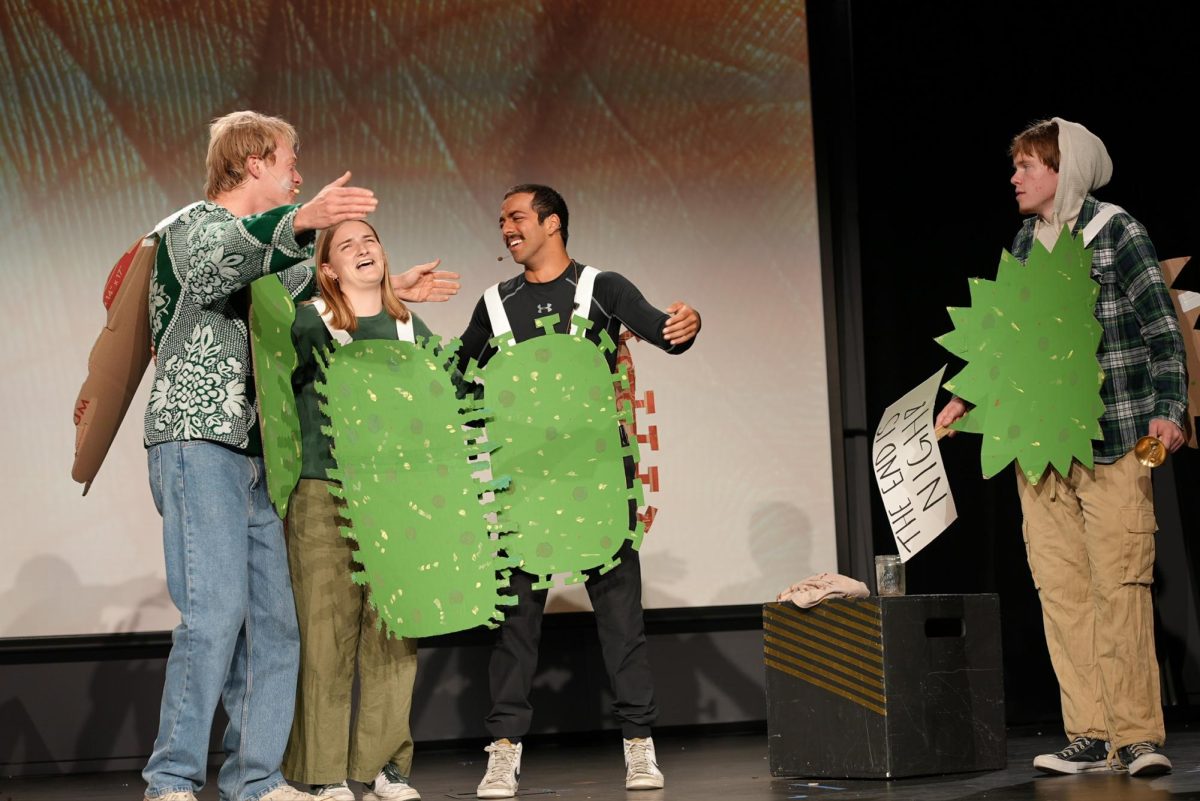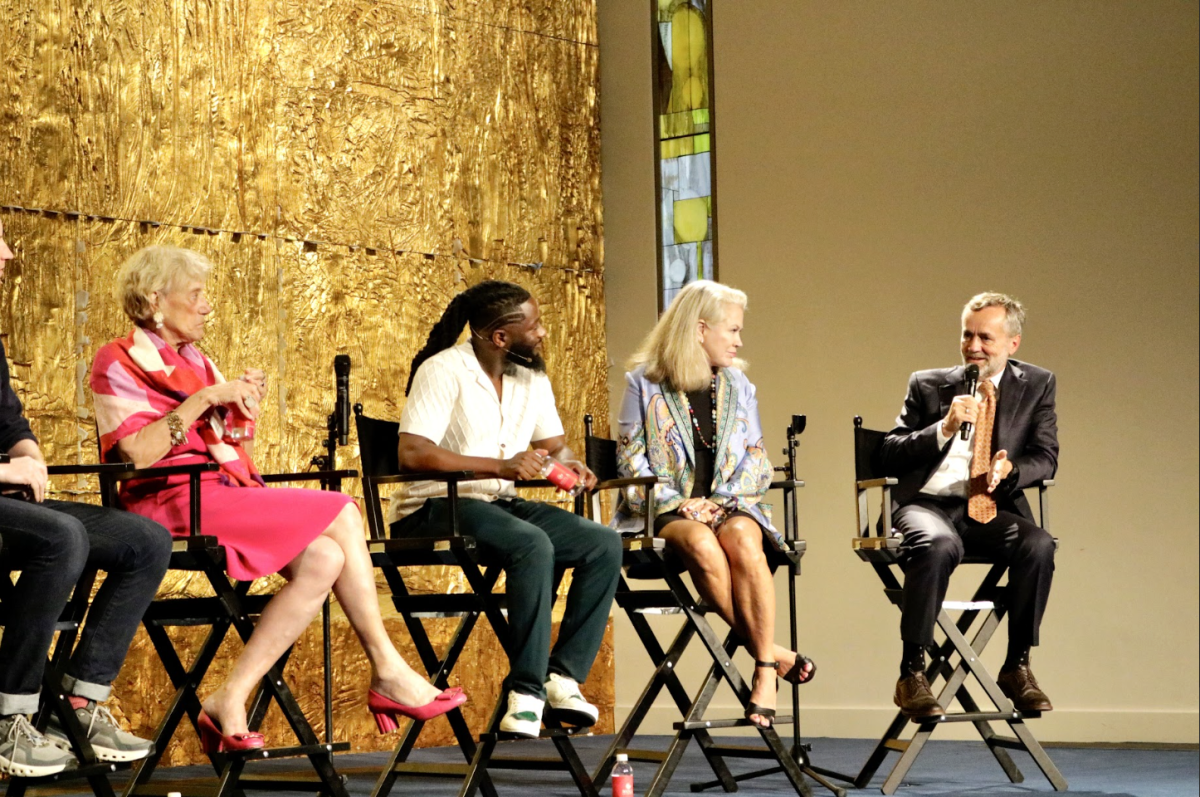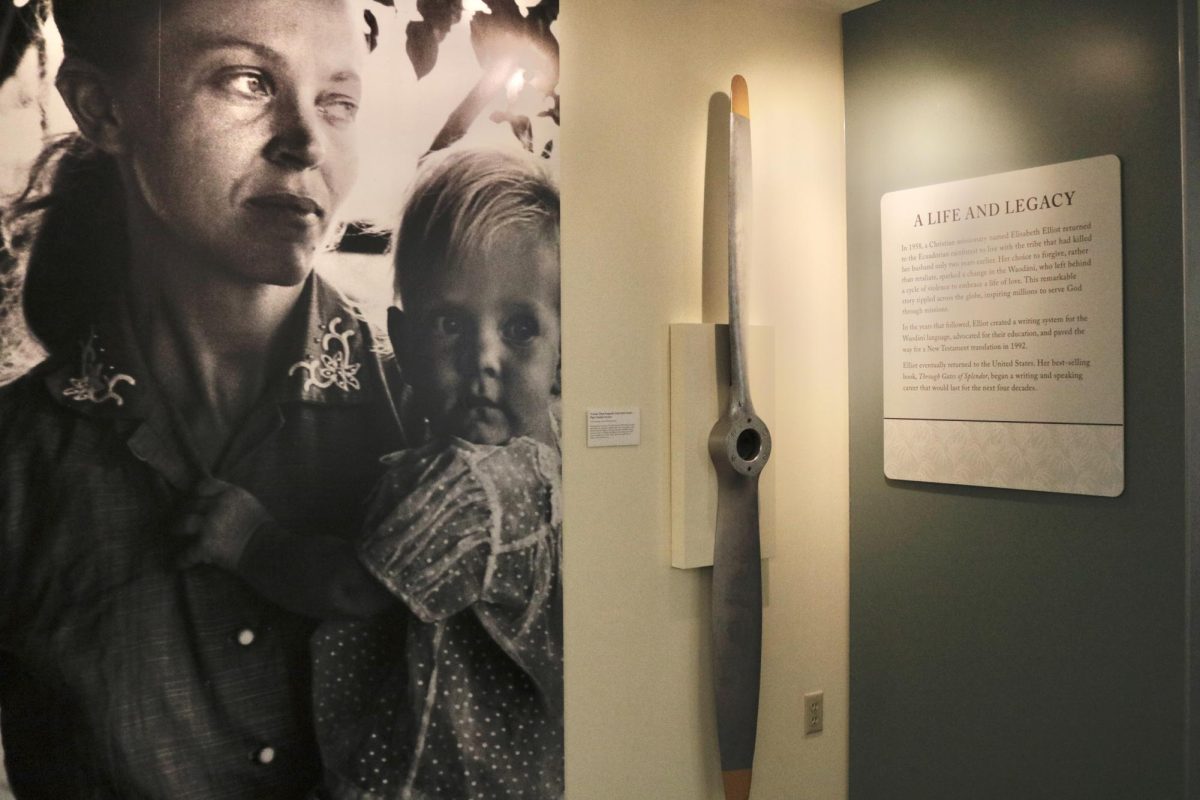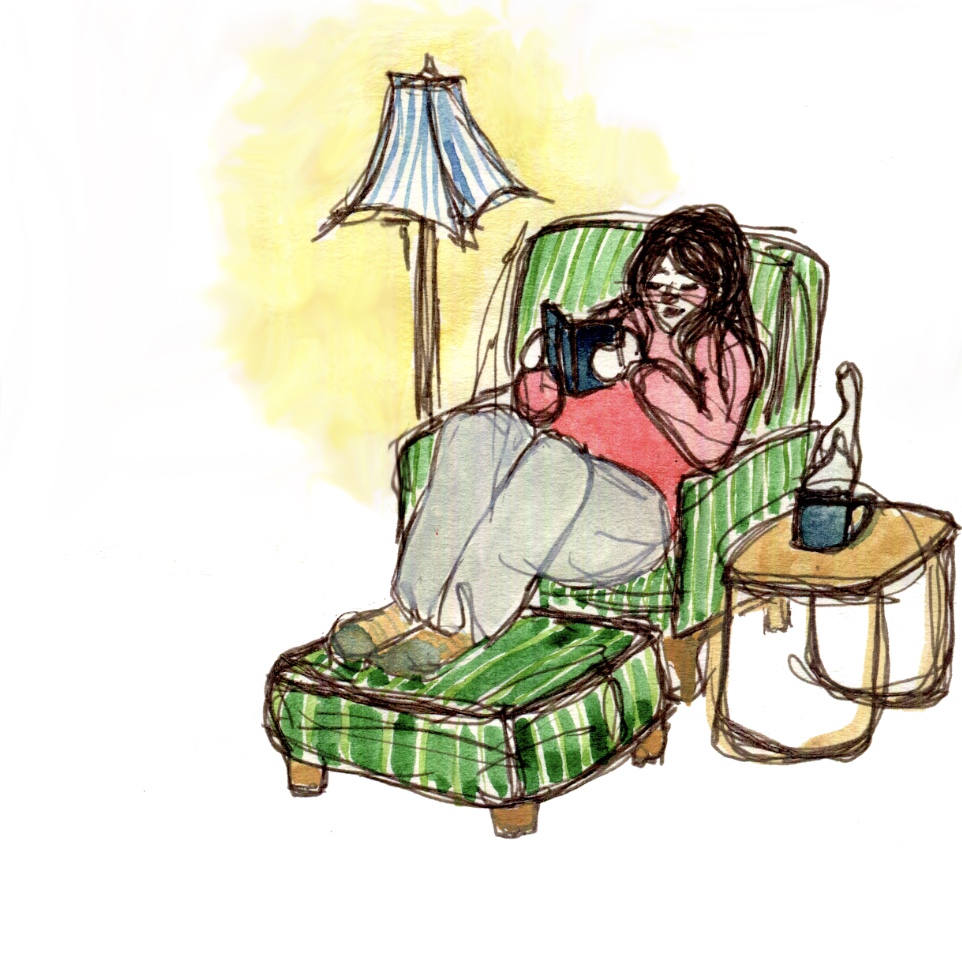Two years ago, Netflix released its hit original romantic comedy, “To All The Boys I’ve Loved Before.” Based on Jenny Han’s novel of the same name, the movie was a big enough success, triggering immediate plans to create follow-up film adaptations for the remaining two novels in the trilogy—“P.S. I Still Love You” and “Always And Forever, Lara Jean.”
The former has now hit Netflix’s main page, and while it might not have received the same amount of hype as its predecessor, it takes on an interesting angle by debunking the overtly happily-ever-after fantasy the first movie portrayed.
The story begins with Lara Jean Covey, played by Lana Condor, and Peter Kavinsky, played by Noah Centineo, in the honeymoon stage of their relationship. They go through important milestones together—first real date, first family dinner together and their first conversation about sex. Eventually, they come to the realization that the world isn’t just them.
THE OTHER LETTER
Though Covey’s unsent love letters may have won her the hottest boy in school in the first movie, in the sequel John Ambrose McClaren, played by Jordan Fisher, who Lara Jean met during Model U.N., discovers another of Covey’s letters.
Ambrose replies to Covey’s letter, dropping a bomb on her and Kavinsky’s young relationship. To make matters worse, Covey finds herself volunteering with Ambrose at a retirement community. What started as a cute and simple romance story in the first film now takes a sharp turn into a confusing love triangle. Unlike typical love triangles where there is a clearly defined protagonist who a girl should choose and an antagonist that everyone roots against, “P.S. I Still Love You” takes it on differently. Han desires to give the audience what they have experienced instead of what they expect.
“THAT HAPPENED TO ME TOO”
Han cleverly tugs at heartstrings by creating a sense of relatability that reminds viewers of pain they’ve experienced in past relationships. Just-about-perfect boyfriend Kavinsky turns out to be more flawed than many of Centineo’s fans would have liked. Meanwhile, Covey’s heart gradually bends toward overly-charming Ambrose, who stands as a threat to Kavinsky.
At times, Kavinsky seems like more of a jerk compared to the old Kavinsky fans remember from the original film. While he displays much charm and wit in the first film, he seems nothing more than a typical jock in this film. He assumes Covey knows that all the lacrosse players’ girlfriends dress up for their games, and he doesn’t wholeheartedly assure her when she expresses insecurities about his previous relationship. Their on-screen relationship fails to exhibit the same chemistry and dynamic of the first film—now it feels forced and uncomfortable.
On paper, Ambrose is the perfect, cookie-cutter beau for Covey—he is gentle, thoughtful and witty. Why wouldn’t Covey take interest in him instead of Kavinsky? It does not help that Ambrose is a little too nice. Removing the stability that came with the clean storyline of the first film, the sequel implants a sense of worry in viewers as the story’s romance plot turns complicated.
Although the buoyant, aesthetic cinematography compels viewers and the writing cleverly implements references to Korean culture—a nod to Han’s heritage—the film excludes some of the things readers loved most about the book. Not only is the boy-next-door heartthrob Josh Sanderson, portrayed by Israel Broussard, missing, the treehouse clique doesn’t play their childhood game of “assassins,” and Stormy is not Ambrose’s grandmother—she is just a fellow retiree. While the film might be a fun flick for avid Netflixers, lovers of the book would not be impressed.
LOVE IS NOT SUNSHINE AND RAINBOWS
The sequel displays a refreshing originality that sets it apart from the previous movie. It is less giddy, more grounded and plays on fans’ desires for an unrealistic dream—which is the point. For decades, the media has set unrealistic expectations for young love without communicating the reality of struggles that happen after the first date. In reality, falling in love is true and authentic when it portrays the fight to stay in love, which Han does in flying color. And that, in its own special way, is very romantic.




